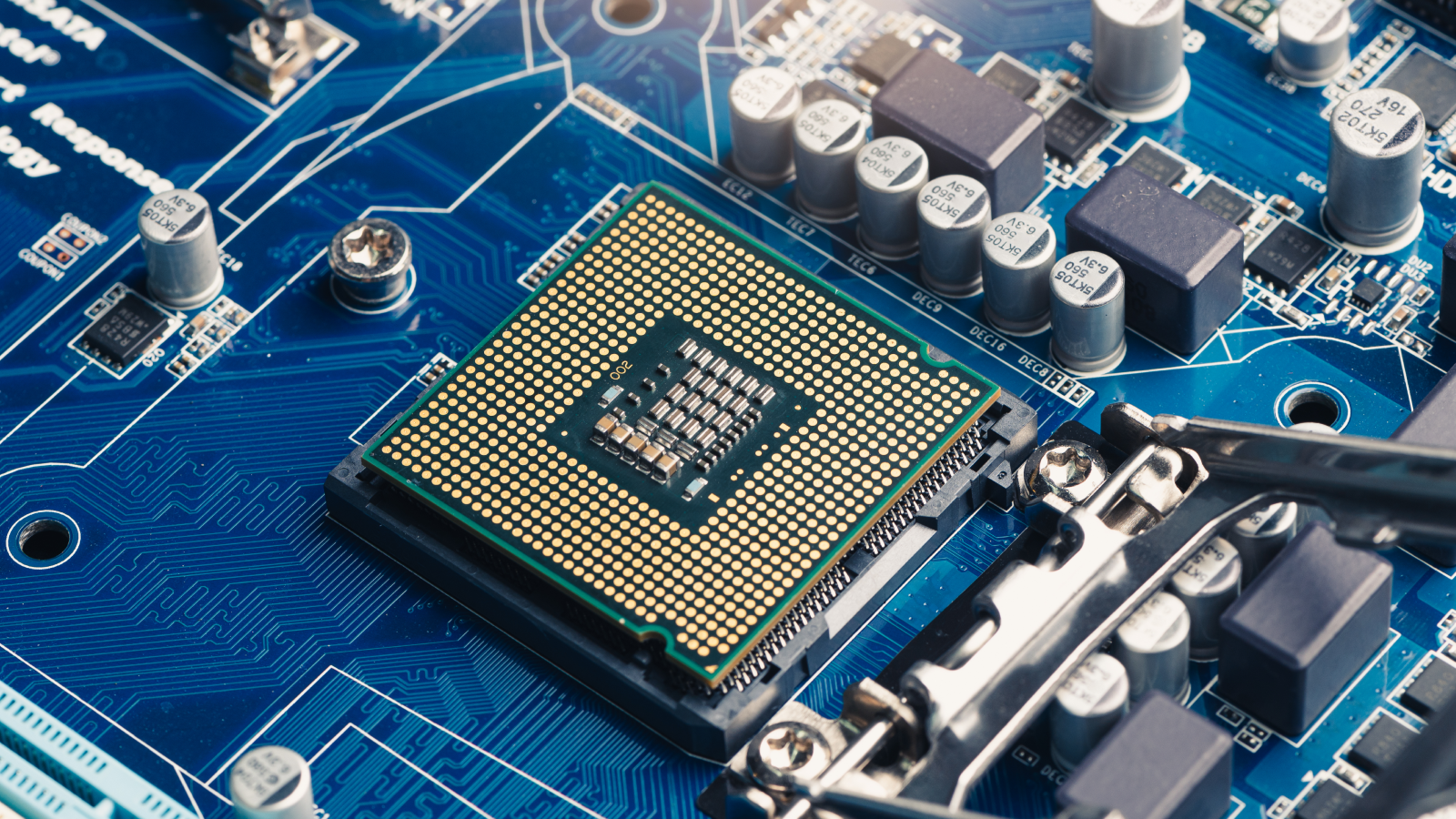“The new device is built from arrays of resistive random-access memory (RRAM) cells… The team was able to combine the speed of analog computation with the accuracy normally associated with digital processing. Crucially, the chip was manufactured using a commercial production process, meaning it could potentially be mass-produced.”
Article is based on this paper: https://www.nature.com/articles/s41928-025-01477-0



This was bound to happen. Neural networks are inherently analog processes, simulating them digitally is massively expensive in terms of hardware and power.
Digital domain is good for exact computation, analog is better for approximate computation, as required by neural networks.
That’s a good point. The model weights could be voltage levels instead of digital representations. Lots of audio tech uses analog for better fidelity.I also read that there’s a startup using particle beams for lithography. Exciting times.